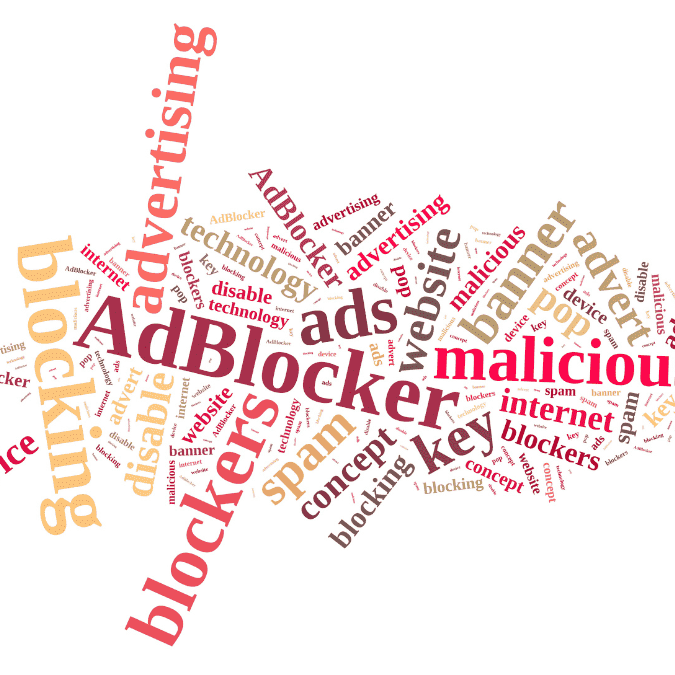
Network Ad Blocker YouTube: Navigating the Landscape of Ad-Free Video Streaming

In recent years, the use of network ad blocker YouTube has become increasingly popular among viewers seeking an uninterrupted and ad-free video streaming experience. As YouTube continues to be a dominant platform for video content, the battle between ad blockers and the platform’s advertising model has intensified. In this article, we’ll explore the world of network ad blockers for YouTube, discuss the implications for viewers and content creators, and provide insights on how to navigate this evolving landscape.
Network ad blockers are software tools designed to filter out advertisements from websites and online platforms, including YouTube. These ad blockers work by identifying and blocking ad content before it is loaded on the user’s device, resulting in an ad-free viewing experience. Ad blockers for YouTube have gained significant traction as viewers seek to avoid disruptive pre-roll ads, mid-roll interruptions, and overlay banners that can detract from the content they want to watch.
The Impact of Ad Blockers on YouTube
The rise of network ad blockers has had a profound impact on YouTube and its ecosystem of content creators, advertisers, and viewers. Here are some key implications:
- Revenue Loss for Content Creators: YouTube’s primary revenue model relies on advertising, with a portion of the ad revenue shared with content creators. When viewers use ad blockers, it reduces the number of ad impressions and clicks, leading to a decrease in revenue for both YouTube and the creators who rely on ad income to support their channels.
- Disruption of the Advertising Model: Ad blockers challenge the traditional advertising model that has long supported free access to online content. As more viewers employ ad blockers, advertisers may question the effectiveness of their campaigns on YouTube, potentially leading to reduced ad spending on the platform.
- Viewer Experience and Content Access: While ad blockers provide viewers with an uninterrupted viewing experience, they also raise questions about the sustainability of free content access. If ad revenue declines significantly, content creators may be forced to explore alternative monetization strategies, such as sponsorships, merchandise sales, or paid subscriptions, which could impact the availability and diversity of content on the platform.
YouTube’s Response to Ad Blockers
YouTube has acknowledged the challenges posed by network ad blockers and has taken steps to address the issue. Some of the measures implemented by YouTube include:
- Ad-Blocker Detection: YouTube has introduced ad-blocker detection mechanisms that identify when a viewer is using an ad blocker. In some cases, the platform may display messages requesting the viewer to disable their ad blocker or whitelist YouTube to support content creators.
- Unskippable Ads: To counter ad blockers, YouTube has experimented with unskippable ads that cannot be easily blocked. These ads are typically shorter in duration but ensure that advertisers receive guaranteed ad views.
- Alternative Monetization Options: YouTube has expanded its monetization options for content creators, offering features like channel memberships, Super Chat, and merchandise shelves. These alternatives provide creators with additional revenue streams that are not solely reliant on traditional advertising.
- Premium Subscription: YouTube Premium is a paid subscription service that offers ad-free viewing, offline playback, and access to exclusive content. By promoting YouTube Premium, the platform aims to provide viewers with an ad-free experience while still supporting content creators through subscription revenue.
Despite these efforts, the battle between YouTube and ad blockers continues, with both sides constantly adapting and evolving their strategies.
Navigating the Ad-Blocker Landscape as a Viewer
As a viewer, navigating the landscape of network ad blockers for YouTube can be challenging. Here are some tips and considerations:
- Understand the Impact on Content Creators: Recognize that using ad blockers can have a direct impact on the revenue and livelihood of content creators you enjoy. Consider whitelisting YouTube or specific channels to support their work.
- Explore Alternative Monetization Options: If you value ad-free content, consider supporting your favorite creators through alternative means, such as channel memberships, merchandise purchases, or direct donations.
- Selective Ad Blocking: Some ad blockers offer the option to selectively block ads on specific channels or videos. By allowing ads on channels you regularly watch and enjoy, you can strike a balance between ad-free viewing and supporting the creators you appreciate.
- Subscription-Based Alternatives: If you prefer an entirely ad-free experience, consider subscribing to YouTube Premium or other paid streaming services that offer ad-free content. This way, you can enjoy uninterrupted viewing while still contributing to the creators and platforms you value.
Conclusion
The rise of network ad blocker YouTube has created a complex and evolving landscape for viewers, content creators, and the platform itself. While ad blockers offer an ad-free viewing experience, they also pose challenges to the traditional advertising model that supports free content access. As YouTube continues to adapt and introduce new monetization strategies, viewers must navigate this landscape thoughtfully, balancing their desire for uninterrupted content with the importance of supporting the creators they enjoy. By understanding the impact of ad blockers, exploring alternative monetization options, and making informed choices, viewers can contribute to a sustainable and diverse YouTube ecosystem.